This article may contain affiliate links and if you make a purchase after clicking on a link, we may earn a small commission at no additional cost to you.
Katsuobushi, generally known as Bonito flakes, is an essential part of Japanese cooking. These fermented fishes made into flakes can bring in a burst of umami flavor into any savory dish in an instant.
Katsuobushi inosinates contain glutamate salts. These glutamates have a robust, salt flavor that enriches those umami notes.
The process used in preparing Katsuobushi is pretty difficult and is also time-consuming. That is why you can hardly get your hands on the flakes in most parts of the world.
It is not easy to substitute Katsuobushi as a condiment and get the same taste. Still, there are some excellent Bonito flakes substitutes that you can use.
What Are Bonito Flakes?
Bonito flakes, or Katsuobushi, are flakes of bonito fish that have been smoked, fermented, and dried.
After it’s cleaned and sliced up, the fish is boiled at low temperature and smoked at intervals of days for about a month before it gets sun-dried.
Aspergillus glaucus, a bacterial mold culture, is then rubbed on it to give it a protective mold, which would further ferment the fish and absorb any remaining moisture.
The mold, after it is made, would be scraped off from time to time and allowed to reform as the fish dries and hardens.
When the drying process is complete and it has become hardened, the fish will look like pieces of hardwood that had been rigidified.
The makers would then shave the fish into bits using a sharp plane set into a wooden box. It is called a katsuobushi kezuriki. Pretty engaging process, don’t you think so?
Where Is Bonito Flakes Used For?
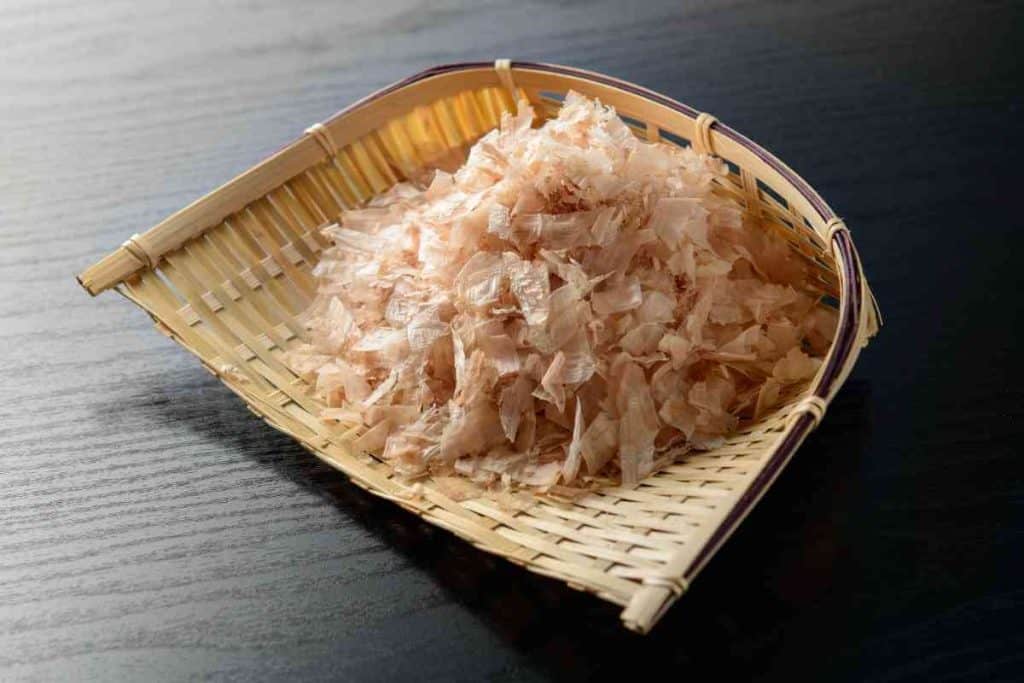
Katsuobushi are essentially umami flavor enhancers. It serves as one of the primary ingredients of dashi, a form of soup that makes up the basic foundation of a wide range of Japanese cooking dishes like ramen and miso soup.
It can also be used in onigiri and sushi rolls for a more solid composition. Japanese cuisine considers it fundamentally wrong to eat okonomiyaki, which is egg and cabbage pancake, and Takoyaki, which is round balls made of grilled octopus without a lavish addition of bonito flakes.
Best Bonito Flakes Substitutes
Umami flavor is majorly triggered by the taste of glutamate. To make the best umami-rich dishes, you’ll have to match the flavors of all the ingredients together in one stroke.
That is the singular work of the Bonito flakes.
Let us discuss the substitutes in detail; we have outlined 9 of them for the purpose of variety, so you’ll have many options to select from.
1. Dulse Flakes and Nori Seaweed
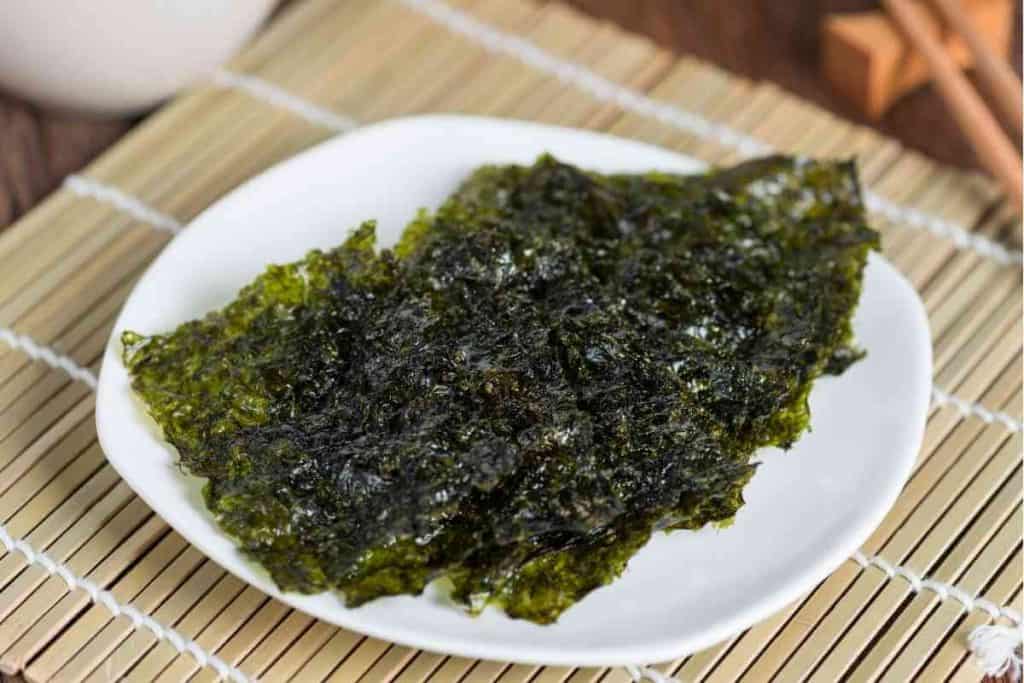
The sea doesn’t only provide for your meat and fish cravings; we enjoy it a lot more than those from the sea. Dulse flakes are a kind of sea vegetable with the right crisp, making it a great substitute.
The reason why dulse flakes make a great substitute for bonito flakes in soups, salads, or noodle dishes, is that they provide a similar texture to bonito flakes. Dulse flakes also provide our bodies with many healthy nutrients, including potassium, iron and magnesium.
Nori seaweed, on the other hand, is basically a sea plant that is very popular in Japanese cooking, and it is a major part of the various recipes. It is an excellent option for you if you’re looking for a vegan alternative to the Katsuobushi.
Dulse flakes and nori seaweed combined give a similar texture and savor to your dish!
2. Kombu or Konbu
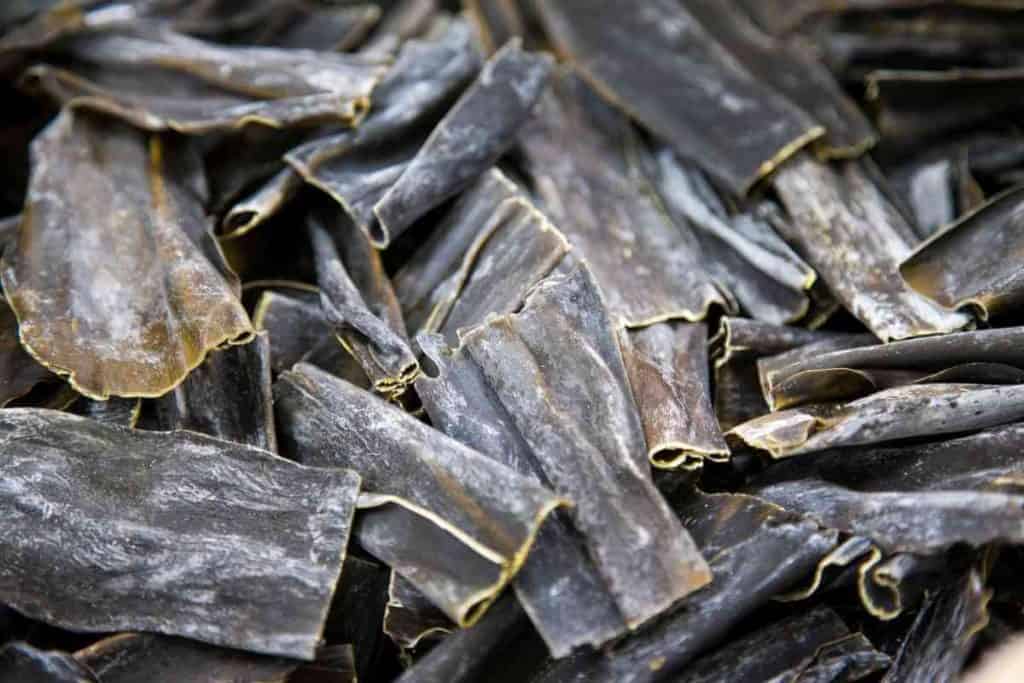
Don’t get confused.
It is sometimes pronounced as konbu, and other times as kombu. It refers to edible brown algae generally used in making dashi. Kombu is even used along with bonito flakes in some dishes, but it can also be used alone.
It is an excellent Bonito flakes substitute for vegetarians as it has the same properties than Bonito flakes.
Kombu provides the exact advantages of bonito flakes; it increases the umami flavor of a dish. Kombu is the primary source of glutamic acid also called glutamate.
3. Mackerel Powder
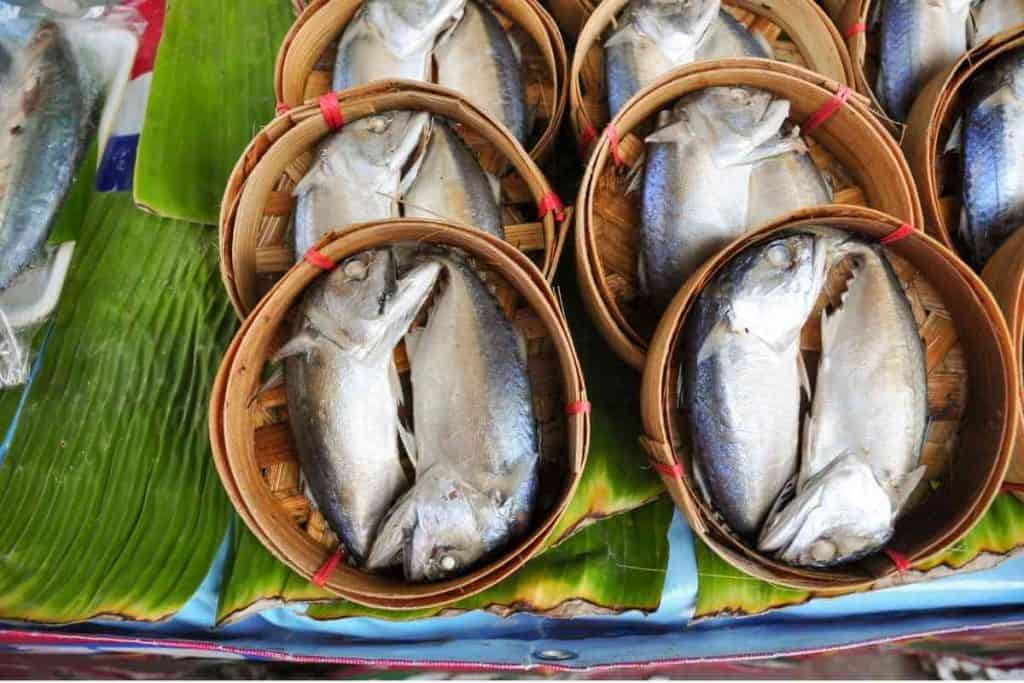
Mackerel is a kind of fish that has the same texture and taste similar to bonito. Mackerel powder is widely popular and used in most Japanese cooking. However, when you use mackerel powder as a bonito substitute, remember that it has a more intense smoky flavor compared to bonito flakes. For this reason, mackerel powder can easily overpower your dish.
I like to start off with a small amount of the powder and slowly adjust it to my preference.
Another great reason why I suggest using mackerel powder is because you can actually use it for a variety of dishes like soups, sauces, noodle dishes, and fried rice. Talk of killing two birds with the same stone.
4. Dried Shiitake Mushroom
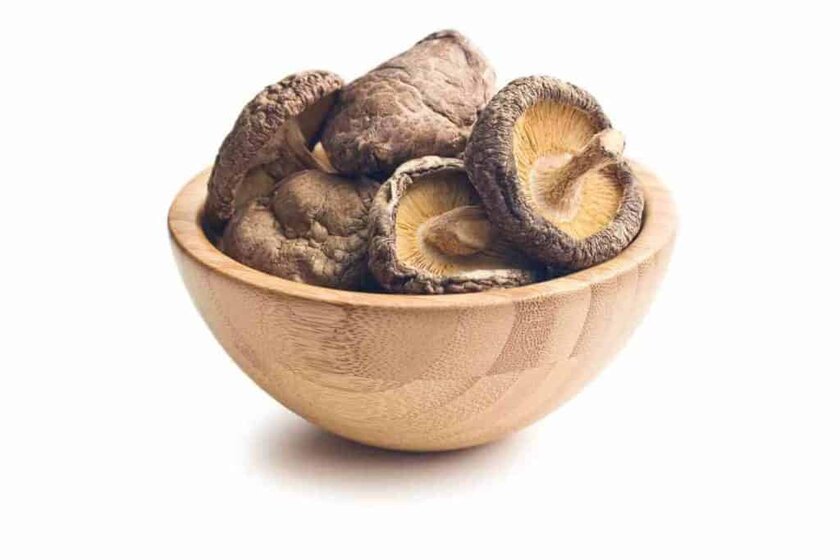
Dried shiitake mushrooms are some funky and flavorful substitute for bonito flakes that will take your taste buds on a wild ride. They have got this strong umami flavor punch that’s the backbone of dashi broth.
Unlike bonito flakes which are mostly for fish eaters, these dried shiitake mushrooms are fully vegetarian and vegan friendly. You can never go wrong with dried shiitake mushrooms if you are looking for planty traditional Japanese cooking ingredients.
You don’t want to know how easy it is to rehydrate these bad boys. I let them soak in a warm bath for half an hour, and they are ready to eat in no time.
You can even use the soaking liquid to add an extra dash of smoky flavor to your dishes.
5. Iriko or Baby Anchovies
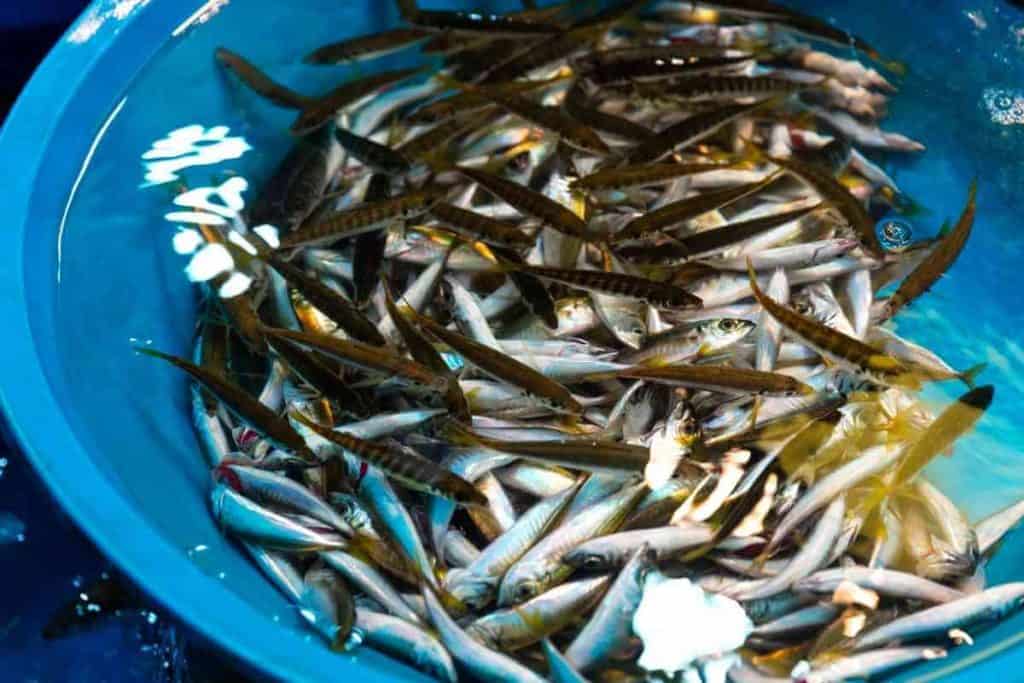
Iriko or baby anchovies are surely one of the unsung heroes of far-east Asian cuisine especially when you are making miso soup or udon noodle dishes.
Often packed as “niboshi” or small dried fish in grocery stores, these babies pack a strong umami flavor to take your dish to the next level. Baby anchovies also complement kombi dashi exceptionally well.
So, what makes baby anchovies so special? It has all to do with glutamic acid. These tiny fishes come packed loaded with it, giving your dish that smoky aroma similar to bonito flakes.
What’s more – baby anchovies aren’t just super delicious, no! No! They are also good for your health. They’re packed with your daily proteins, omega-3 and other healthy nutrients. Plus, baby anchovies have less mercury and other metals than tuna, so you can enjoy them with peace of mind.
Boiling the niboshi while manufacturing increases its inosinate concentration, causing a boost in the umami flavor.
6. Toasted Soybeans
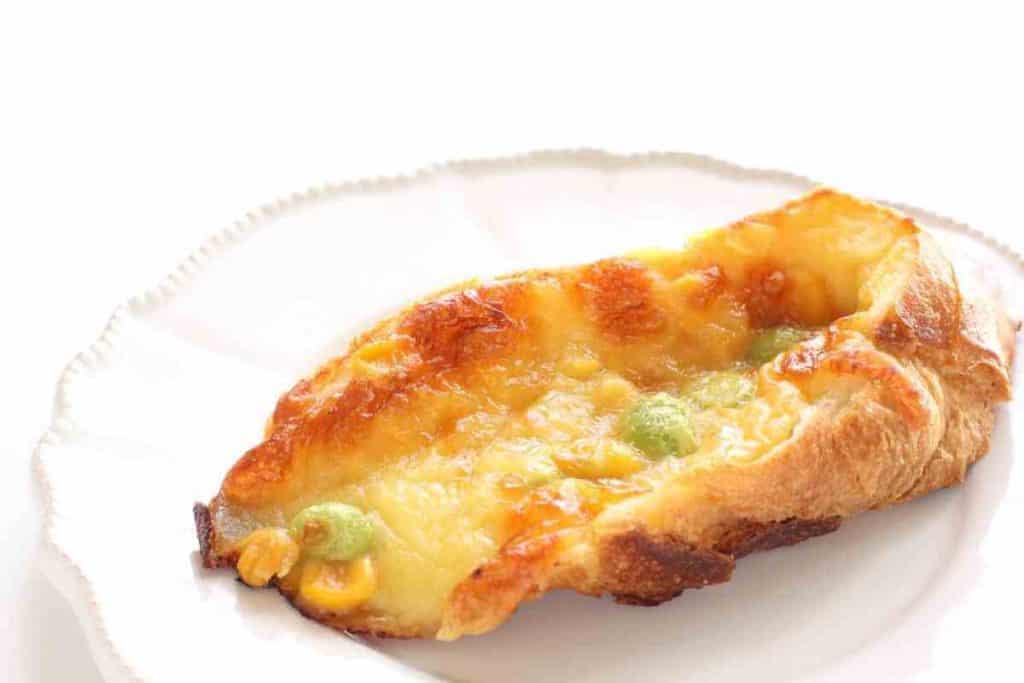
Toasted soybeans might just be your new secret kitchen ingredient. These little guys have a savory, smoky profile that can make a killer substitute for bonito flakes.
Making them is so easy. Simply roast them until they acquire this nice golden hue and develop a nutty taste. Toasted soybeans are all the rage in most of Asia, where they are found in grocery markets or online stores.
You can use your food processor to grind them up into fine powder. The result is a flavor bomb that can transform any watery dish into a feast of umami flavor.
For all our veggie friends out there, soybeans are totally fish-free as opposed to bonito flakes, and the umami flavor is spot on.
7. Shellfish
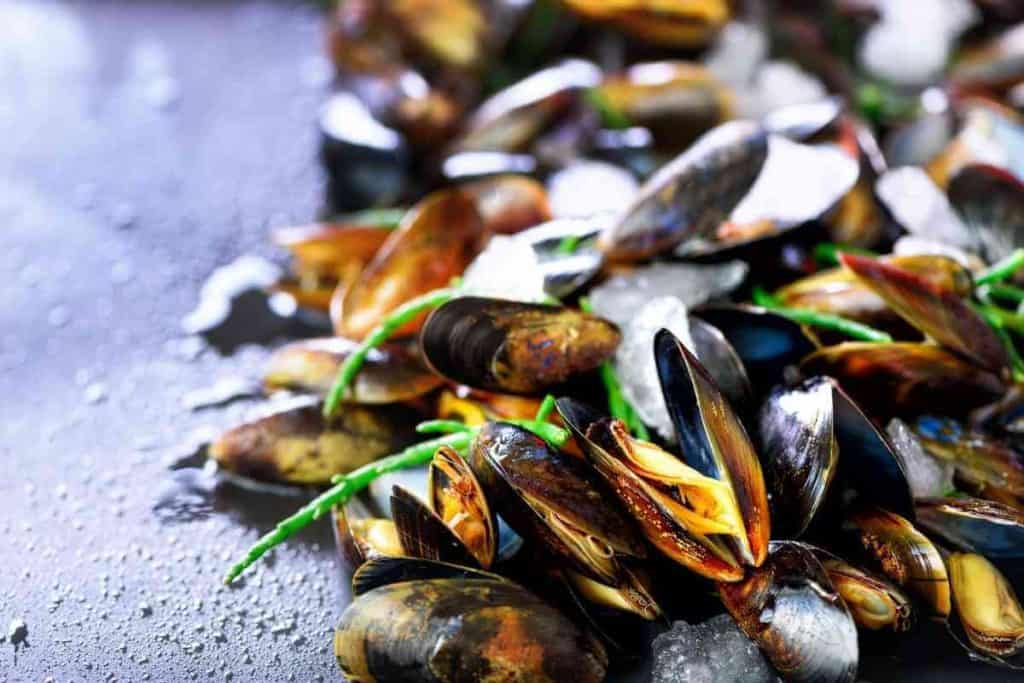
Shellfish like dried shrimp, scallops, and clams provide your dish with the same fishy, mouthwatering, intense umami flavor of the bonito flakes. Your tastebuds are guaranteed a wild ride of adventure that will leave you craving for more.
The best part is that they are as versatile as other fish. You can shave them over fried rice, noodle dishes or your favorite recipes or even simmer them for that rich and tasty dashi broth.
8. Nutritional Yeast
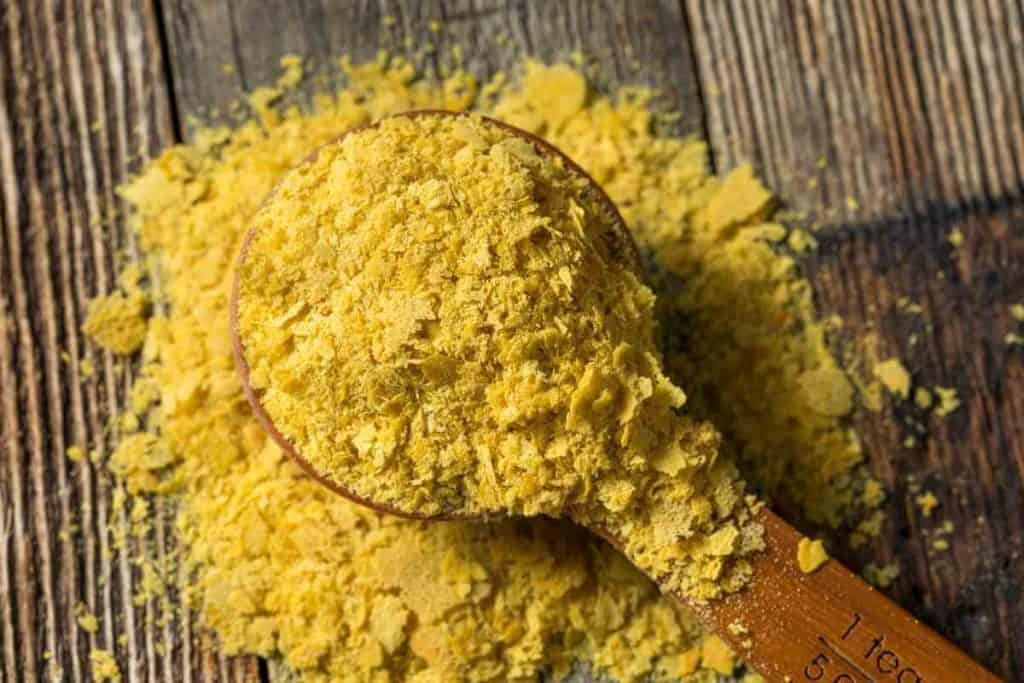
Nutritional yeast is yeast grown on molasses, and then it is deactivated by heating it.
Nutritional yeast is not commonly used in Japan because it’s not a Japanese condiment. However, it has a similar taste to that of bonito flakes, and is a great vegetarian substitute for bonito flakes. The reason it replaces dairy products like cheese in certain recipes is because it has a savory, umami flavor.
We use it as a topping in a wide array of dishes, such as tofu, noodles, and various other savory dishes that the bonito flakes are used with.
9. Tamari
Tamari is a Japanese soy sauce that is rich in umami flavor. This quality makes it perfect as a bonito substitute. It’s extracted from fermented soy sauce, but it has a slightly thick and dark consistency compared to your everyday soy sauce.
When using tamari in place of katsuobushi, simply add a small amount to your dish while adjusting the salt as you see fit. A little goes a long way in tamari since it has a stronger flavor as compared to regular soy.
Frequently Asked Questions
How Do I Make Bonito Flakes?
Bonito flakes are byproducts of dried bonito fish. The fish is grated into flakes, but it isn’t that simple. You have to go through tedious processes that cannot all be discussed in this article. We’ll just list them. The processes are cutting, kagodate (placing in a basket), boiling, removing bones, smoking, shaving the surface, drying, final shaving.
Is Dashi the Same Thing as Bonito Flakes?
Dashi and bonito flakes are not the same thing. Bonito flakes are one of the ingredients that are used to make dashi. There are other ingredients used to make dashi, including dulse flakes, shiitake mushrooms, dried sardines, or white fish. However, kombu and bonito flakes are the most common ingredients used to make dashi.
What Can I Use Instead of Bonito in Miso Soup?
If you do not have bonito, there are certain ingredients you can use in miso soup as a delicious alternative. You can use dried shiitake mushroom, chicken or vegetable broth, kombu, and dried anchovies as the base of your miso soup.
Conclusion: Katsuobushi Substitutes
Bonito flakes are tough to replace in Japanese cooking. The fishy flavor it gives is quite distinct, and it plays a major role in making Japanese foods that omitting it can ruin a dish entirely.
Owing to the fact that Skipjack tuna is Japanese, it is challenging to get it in other parts of the world. This makes Katsuobushi a very rare find, and you would need to have a special vendor or a specific place to buy from.
You do not have to worry if you read through this article and noted the various Bonito flakes substitute that we have discussed above.